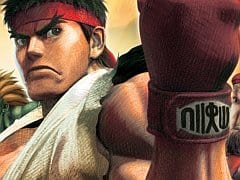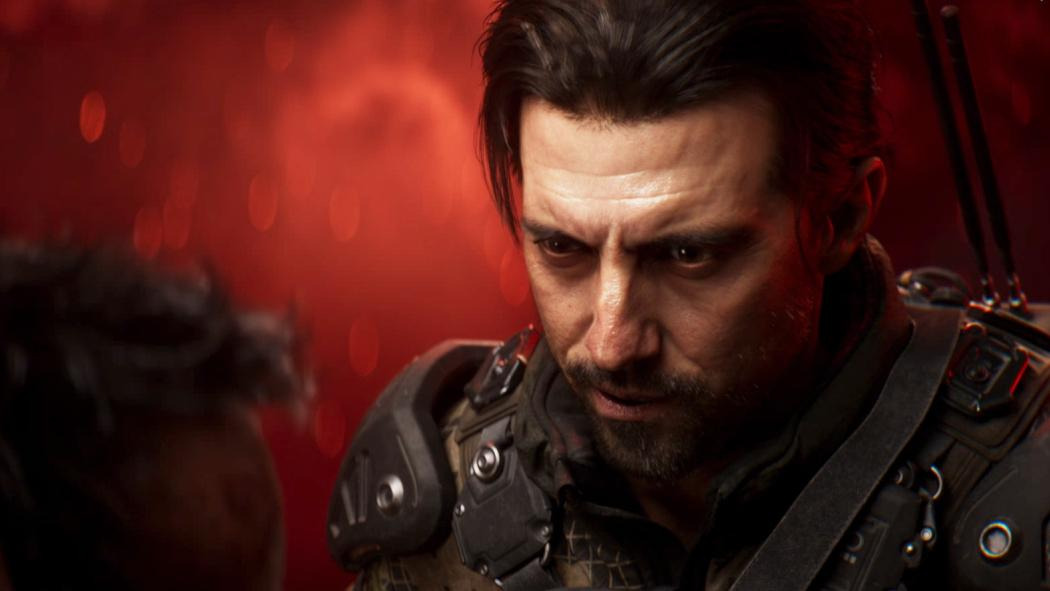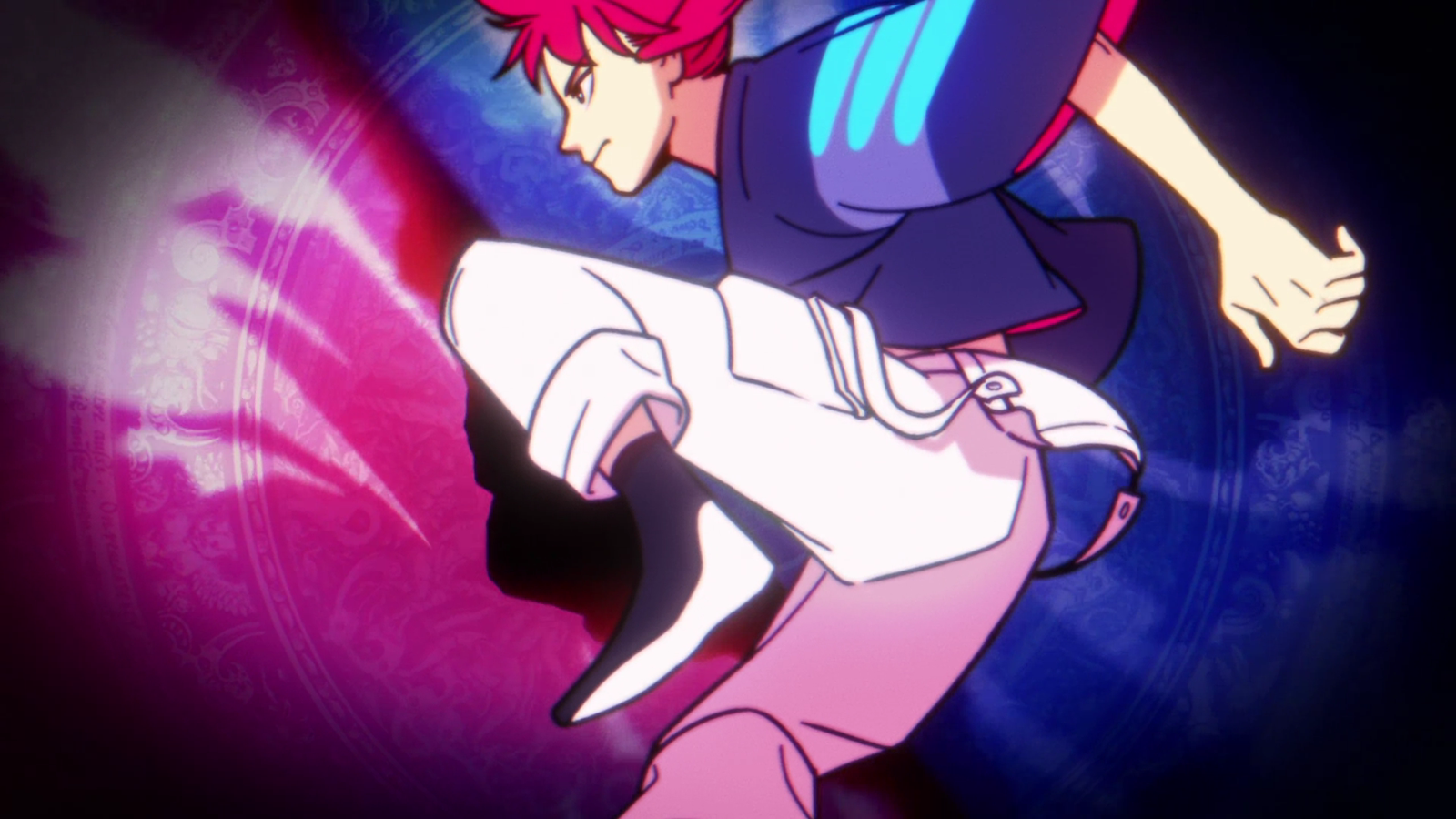You can trust VideoGamer. Our team of gaming experts spend hours testing and reviewing the latest games, to ensure you're reading the most comprehensive guide possible. Rest assured, all imagery and advice is unique and original. Check out how we test and review games here
How much more Street Fighter IV do we really want or need? I’m a huge fan of both the original release and last year’s update – for the record, the latter was my most-played game of 2010 – but to be honest, this third helping has left me rather cold. It’s strange, because for years handheld consoles have been lumbered with mutilated, cut-down ports of classic fighting games. Now we’ve finally got the real deal, a portable Street Fighter worthy of the name, and yet somehow it feels oddly redundant.
Still, this is hardly the fault of the game itself. It was impressive enough when Capcom squeezed a semi-workable version of Street Fighter 4 onto the iPhone, but if anything their technical achievements here are even more remarkable. Aside from a slight (and altogether understandable) simplification in its appearance, this is a full-fledged port of the fighter we loved last year. The backdrops now feature static cut-outs rather than animated spectators, but each of the game’s 35 outlandish brawlers has made the jump intact. More importantly, they also come furnished with complete move sets. Guile even has his cheeky shades on/shades off taunt.
On paper, there’s nothing you can do in regular SSFIV that you can’t do here. If you’re a veteran player in the habit of rattling out lengthy combos, you should in theory be able to replicate your usual tricks. In practice, however, it’s almost certain that the 3DS itself will present a stumbling block. While the C-Pad seems like a decent tool for performing classic quarter-circle movements, its gummy nature seems less practical if you’re playing as one of the charge-based characters. More problematic still is the fact that your normal attacks have to be split across the handheld’s four face buttons, plus the two bumpers. It’s a similar setup to what you get on a standard console pad (minus the utility of having two extra triggers), but it’s far less comfortable to use L and R on a regular basis. The diminutive size of the face buttons themselves also presents an issue, particularly during long combos.
In a clear bid to steer around these hurdles, Capcom uses the lower screen of the 3DS to present four extra on-screen buttons. On the default “Lite” control setting, these are directly mapped to special moves and Super/Ultra combos, but you can reconfigure them – and indeed any of the physical buttons – to any mapping you desire. While this may initially sound like heresy to the Gods of Hardcore Gaming, it actually opens the game up a good deal – allowing newcomers access to moves and techniques that they might never otherwise use. It’s a smart bit of design, but if it offends your purist sensibilities there’s always the option to use “Pro” controls – restricting the touchscreen to standard attacks and combination presses.
It’s obvious from such touches that a lot of thought and care has gone into this port. Unfortunately, this doesn’t stop the game itself from being a round peg in a square hole. The addition of 3D has little impact unless you make the mistake of playing via the gimmicky new Dynamic View, which gives you an awkward isometric perspective on the action. Playing this way limits your ability to gauge the all-important distance between you and your opponent, while switching sides results in a brief but hideous lurch of the camera. After giving it a go for the sake of curiosity, you’re bound to stick to the standard view – and you may well choose to forsake the 3D effect altogether.
Having dismissed as foibles two of the 3DS’s key features, we’re left only with the machine’s portable nature and the associated benefits. In all fairness, this is where SSFIV3D excels. Aside from being able to train and blast through Arcade mode anywhere you like, you also get a fairly decent portable version of the multiplayer Street Fighter experience. At this pre-release stage, most of the players online seem to be based in Asia, but even so I still managed to find a few lag-free games with users who were (presumably) closer to home. Playing local WiFi offers a perfect connection, and there’s even the option for Download Play with other 3DS owners who haven’t bought their own copy of the game. The latter restricts both participants to a Ryu vs Ryu match on the Training Stage, but it’s still a nice bonus nonetheless.
I have less time or enthusiasm for the Figure Battles, which find you arranging a team of collectible models to battle other users while the 3DS is in sleep mode. You buy your figurines using points earned in the main game, assemble a quintet of them based upon their stats, and then close your console and go out for a walk. If you walk past someone else who had the game your teams have a rumble, awarding new models to the victor. It’s rather odd, and it feels like a feature that’s been shoehorned in to make use of StreetPass for its own sake, but it doesn’t exactly mar the overall experience.
Aside from the slightly fiddly controls, I can’t really fault Super Street Fighter IV: 3D Edition. On the other hand, I find it curiously hard to recommend. It’s an extremely well-handled port, and it demonstrates the capabilities of the 3DS better than any other launch title. In short, it’s a great technical showcase, but I’m still not sure who’ll get the most out of it.
If you’re a hardcore fighter fan, you’ll be annoyed by the button layout and the associated lack of precision. If you’re a newcomer who has yet to play Street Fighter IV, you’re better off picking up one of the previous editions; it’ll cost you little more than a tenner, rather than the £30 you’ll pay for the 3DS version. The only real draw is the ability to play online matches wherever you like, but even so it’s more fun to play against someone who’s in the same room as you – so why not just play it on console, with fightpads or sticks? Capcom has carefully carried one of its finest games over to Nintendo’s new platform, yet I can’t help but feel this was something of a wasted journey.
Super Street Fighter IV
- Platform(s): Nintendo 3DS, PlayStation 3, Xbox 360
- Genre(s): Beat 'em Up, Fighting

/https://oimg.videogamer.com/images/0fdf/super_street_fighter_4_3-84406.jpg)





